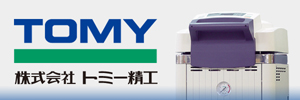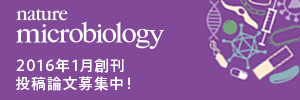PG-090:Isolation and characterization of rhodopsin containing Mesoflavibacter misakiensis SK-14T sp, nov. from sea surface microlayer at the coast of Misaki, Japan.
1N2PS, 2Tropical Biosphere Research Center, Ryukyus univ, 3Atmosphere and Ocean Research Institute, Tokyo univ,, 4KCTC/KRIBB korea, 5RIKEN Center for Integrative Medical Sciences, 6Department of Energy Convergence, Chosun Univ
The sea surface microlayer (SML) acts as a boundary between the atmosphere and the ocean, defined as the top 1000 μm of the sea surface. The SML is thought to be a unique environment because organic materials, trace metals and nutrient are generally enriched but also was exposed to high temperature and high intensity of light. To date, SML-living bacteria remain poorly described. Two novel bacterial strains (SK-12, SK-14T) were isolated from SML at the coast of Misaki, Japan. The strain SK-14T showed 99.6% 16S rRNA gene similarity with strain SK-12 and 96.0% with the closest Mesoflavibacter zeaxanthinifaciens DSM 18436T. They were subjected to polyphasic taxonomic study including 16S rRNA gene sequence analysis and chemotaxonomic and phenotypic properties. Based on polyphasic taxonomical study, it was concluded that SK-12 and SK-14T should be classified as representing a new species of the genus Mesoflavibacter in family Flavobacteriaceae for which the name Mesoflavibacter misakiensis sp. nov. is proposed. The genus Mesoflavibacter in the family Flavobacteriaceae are known to produce carotenoids zeaxanthin as antioxidant. Zeaxanthin production of the two strains were analyzed by HPLC and compared with previous reported strains. Draft genomes of the two strains were also analyzed. Interestingly, the strain SK-14T had two types of the rhodopsin gene (proton and sodium pumps) while the strain SK-12 had contained a bacteriophage gene cluster.
keywords:sea microsurface layer,Zeaxanthin,rhodopsin,Taxonomy




